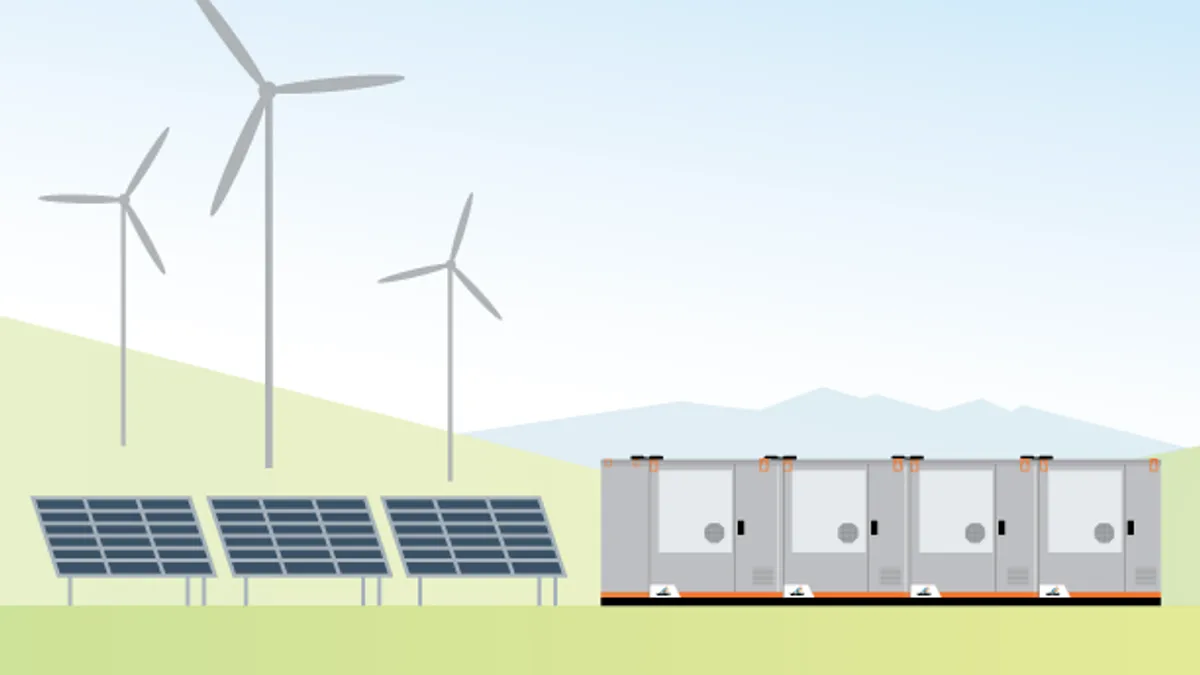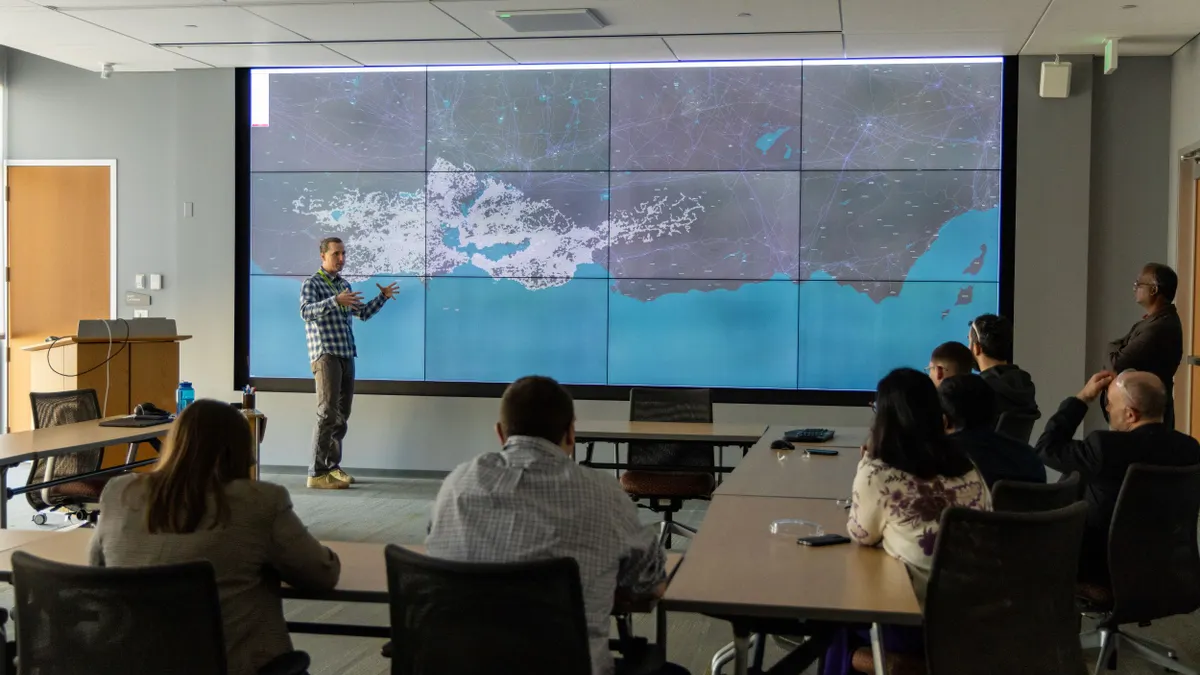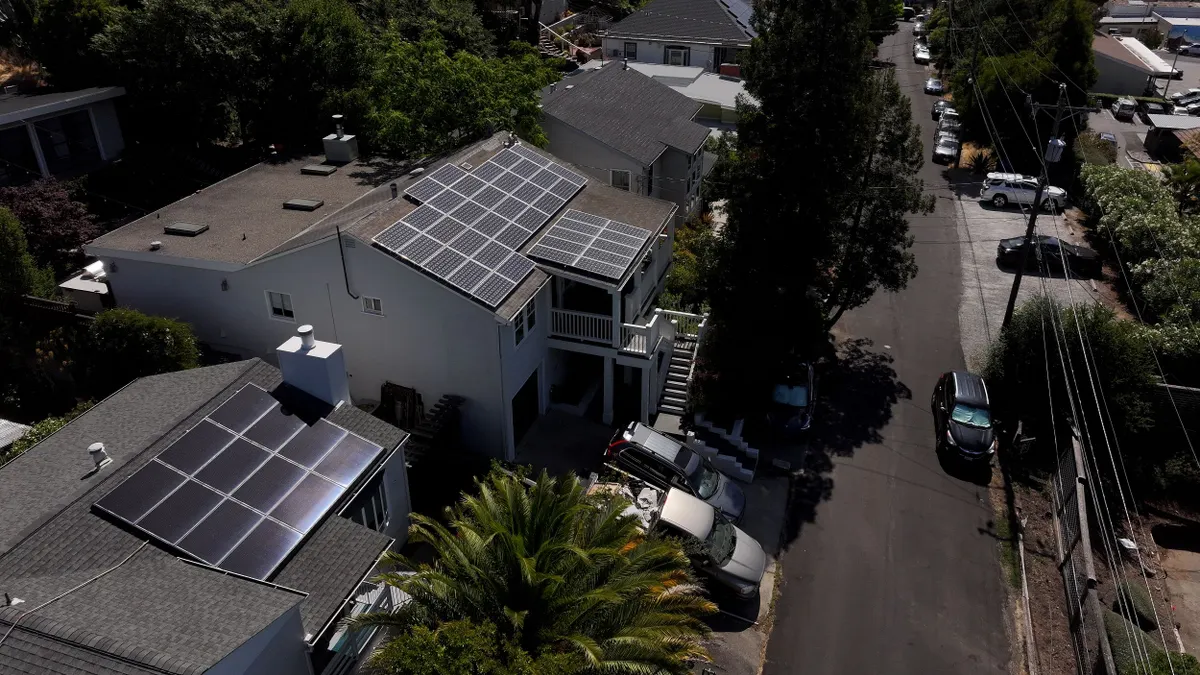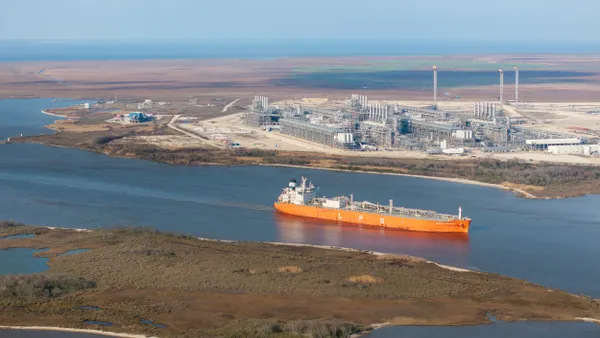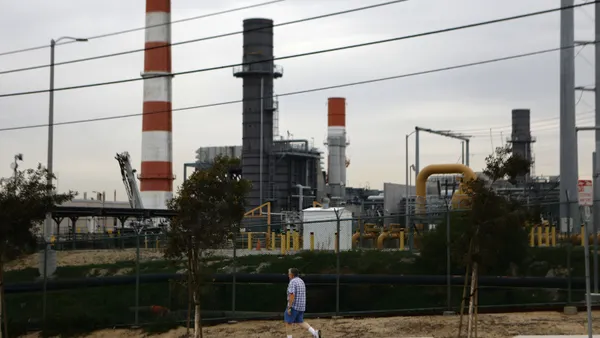All eyes are on the United Nations Climate Change Conference and, so far, there's been no shortage of new climate commitments, targets and frameworks presented in Glasgow by leaders around the world who are dedicated to meeting the demands of the climate crisis. One thing is clear––decarbonization goals are here to stay and only becoming more aggressive.
And rightly so. Evidence of climate disruption has reached every corner of the globe––from more severe heat waves to tropical storms, to blizzards and freezes––spurring public outcry to reverse our carbon trajectory. These events are also causing disruptions in power systems, causing blackouts and leaving power experts questioning the types of resources we're deploying, and whether we're successfully optimizing all available resources. It's true there’s much room for improvement on how we manage the electric grid.
It's also true that we need to accelerate the transition to renewables. Despite debate about the effects of intermittent resources on grid reliability, most agree that renewables are the future, for both carbon and cost savings. Our recent study finds electricity production costs could be reduced by as much as 50% by 2050 if countries and states adopt 100% renewable systems faster than currently planned. We can slash costs by front-loading the deployment of renewables and using the technologies needed to balance their inherent intermittency, such as energy storage and thermal balancing power plants.
The industry is turning a corner. It's no longer about whether we'll transition to 100% renewable generation, but rather how to do it quickly and keep everyone's lights on in the meantime. Energy storage is increasingly the answer to this question, and as such, a cornerstone in the roadmap to a cleaner, distributed energy infrastructure. Storage helps operators prepare for and capture more value from the increasing penetration of intermittent resources, while efficiently supporting system reliability.
Incremental steps with storage matter. Just integrating storage alone with internal combustion engines offers considerable potential for fuel and cost savings. Power producers can save up to 6% in annual fuel savings, while also reducing emissions just by adding energy storage. This facilitates a more seamless setup for adding renewable assets to a generation mix.
But pairing energy storage with software opens the door to both net zero and grid stability even further. Our advanced energy management software system, GEMS, integrates a mix of assets and automates dispatching to optimize both generation and financial returns. We think of advanced energy management software as the brains behind it all.
Picture this: It's a hot day and the load is exceeding your forecast. Suddenly one of your largest generators has an unplanned outage and wind has not met the forecast. This would have previously sent your team into a rush to bring on additional resources quickly. But this time, your team dinner break continues, uninterrupted. You know your control system is triggering batteries to instantly deploy the energy supply needed to return the grid to normalcy and prevent blackouts.
The updates are instantaneous. While traditional fossil fuel or nuclear plants could provide grid forming capabilities, they require too much time and resources to ramp up reserves, compared to battery systems that can respond to fluctuations in demand in milliseconds. Nuclear plants have a start-up time of about 24 hours, coal plants have a start-up time of three hours and combined cycle gas turbine power plants have a start-up time of two hours.
Your control system also protects against equipment degradation. For energy storage, a key contributor to battery degradation is how often the battery goes from zero to 100 percent charged, so grid operators and power producers with energy storage in their portfolio try to avoid depleting batteries entirely. Intelligent energy management platforms can factor these operational parameters, such as batteries' optimal charge and discharge rates, into their optimization formulas to create the most efficient systems for the long term.
While mature management controls, like GEMS, are becoming more popular in much of the world, applications vary. We are exploring several global opportunities where utilities are looking for more certainty from their renewable plants, and the ability to balance the amount of energy across different renewable sources. Many in the industry are familiar with the concept of “Virtual Power Plants,” (VPP) where BTM storage assets are aggregated to dispatch power back to the grid and support community-level resilience in specified neighborhoods. But we're seeing front of the meter aggregation of utility-scale renewables+storage sites, and microgrids that operate separately from the grid, or utility-scale VPPs. With GEMS, the utility can understand how much power is achievable in any given timeframe and firmly dispatch the “power plant”. Aggregating at the distribution level in a VPP capability is the way of the future.
To hammer home the point––despite a diversity of energy markets and models across the globe, we're seeing storage coupled with advanced management software picked up and promoted everywhere. From Graciólica in the Azores in Portugal to South Australia to Roatan, Honduras, our GEMS Digital Energy Platform enables power producers to transition to decarbonized infrastructure, by facilitating the integration of both renewable and thermal generation, and optimizing multiple energy generation assets based on load patterns and weather forecasting.
To facilitate a faster transition to 100% renewables, our job is to systematically popularize storage backed by software that controls and integrates energy storage, renewables and traditional thermal generation assets using machine learning and historic and real-time data analytics to calibrate what type of generation is needed at a specific time. This ensures energy performance is always optimized––no matter how many different types of energy assets it combines––while lowering operating costs.
Turns out, energy systems are on track to be more predictable and less disruptive than we ever could have imagined, even with intermittent resources. The future of energy is like a well-orchestrated symphony––a cacophony of energy resources, synchronized and playing together harmoniously at the direction of a virtual conductor.

